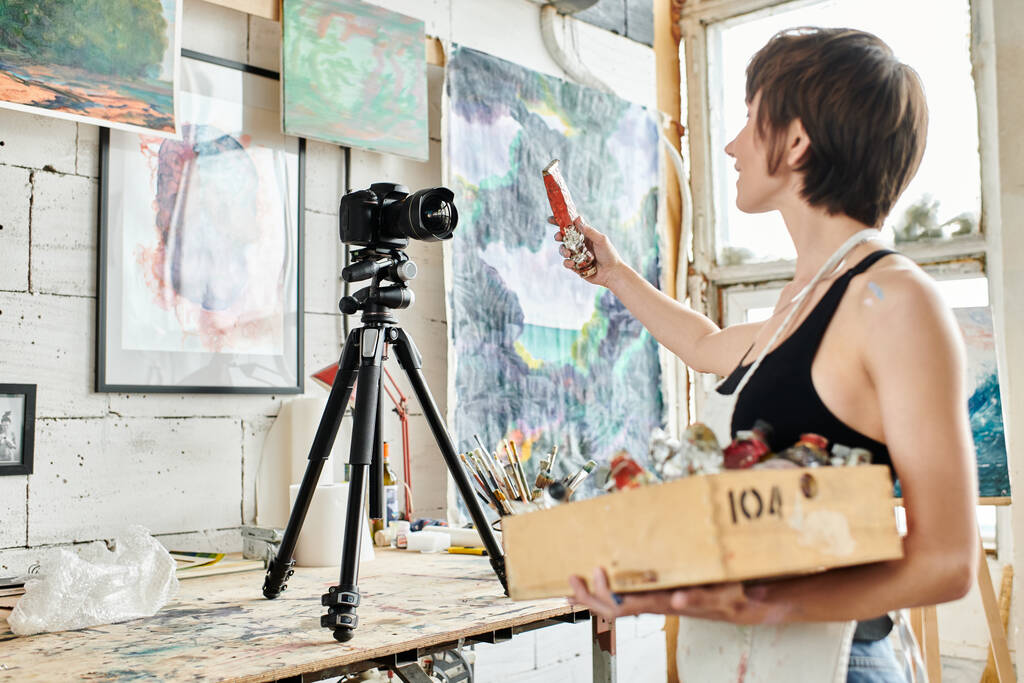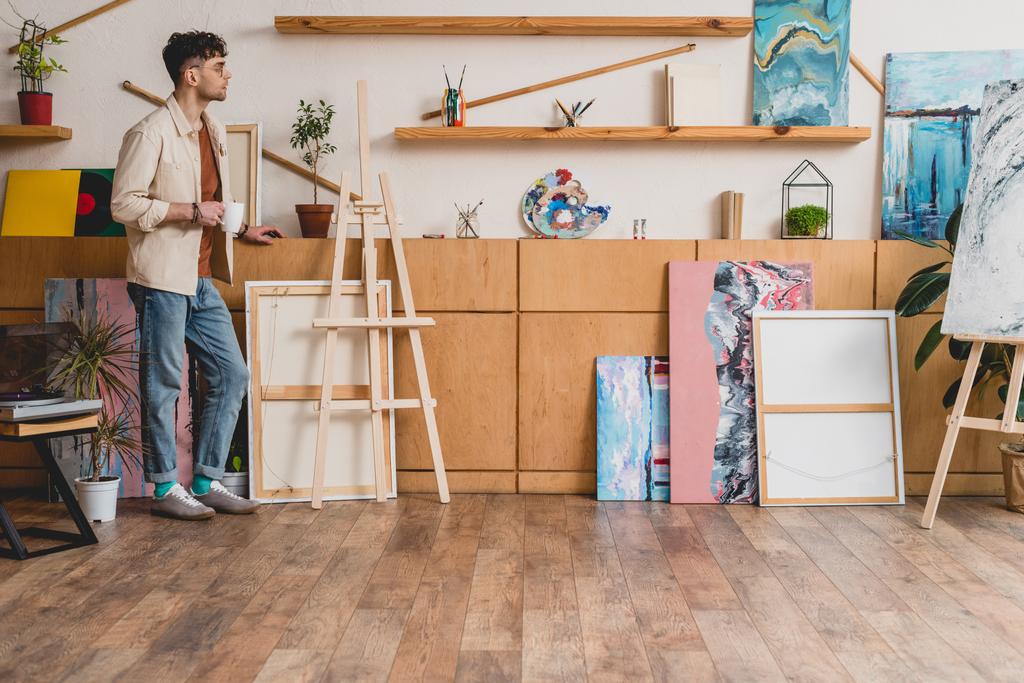Art has the unique ability to speak to our emotions, capture moments in time, and transform the spaces we inhabit. Whether you’re an experienced collector or a novice enthusiast, the allure of owning art is undeniable. However, the notion that art is an expensive luxury reserved for the wealthy can be a significant barrier for many. The good news is that with careful planning and savvy strategies, it’s possible to build a meaningful art collection without overspending. This guide will help you navigate the art world on a budget, offering practical tips on how to purchase art without breaking the bank.
Understanding Your Budget
The first step in acquiring art is understanding your financial boundaries. It’s essential to establish a budget that aligns with your overall financial situation. Consider how much you can comfortably allocate to art without sacrificing other financial goals. Keep in mind that art is a long-term investment, not just a financial one but also an emotional and aesthetic one. Your budget should reflect your commitment to this investment.
Researching the Art Market
Before making any purchases, take time to research the art market. Understanding the different types of art, the artists, and the various price points is crucial. You don’t need to be an expert, but familiarising yourself with the basics can prevent costly mistakes. Visit galleries, attend art fairs, and explore online platforms to get a sense of what resonates with you and how much it typically costs.
Online platforms have made art more accessible than ever. Websites like Saatchi Art, Artsy, and Etsy offer a wide range of works from emerging artists at various price points. These platforms allow you to explore different styles and mediums, helping you refine your tastes while keeping your budget in check. Many of these sites also offer price filters, making it easier to find pieces within your budget.
Supporting Emerging Artists
One of the most rewarding ways to build an art collection on a budget is by supporting emerging artists. These artists are often at the beginning of their careers and offer their work at more affordable prices. Buying from emerging artists not only allows you to acquire unique pieces but also supports the growth of the art community. Over time, as these artists gain recognition, the value of their work may increase, adding potential investment value to your collection.
Emerging artists can be found through various channels, including art schools, local galleries, and social media. Instagram, in particular, has become a powerful tool for artists to showcase their work. Following artists and galleries on social media can lead to discovering new talent and purchasing directly from the artist, often at lower prices than through a gallery.
Exploring Prints and Limited Editions
Original works of art, especially from well-known artists, can be prohibitively expensive. However, prints and limited editions offer a more budget-friendly alternative. Prints are reproductions of original works, often created by the artist or under their supervision, and can be available in various sizes and formats. Limited editions are produced in a set number, making them more valuable than open editions due to their rarity.
Purchasing prints allows you to enjoy the work of established artists without the hefty price tag. Additionally, as prints and limited editions are more affordable, you can experiment with different styles and artists without making a significant financial commitment. Many artists offer high-quality prints of their original work, providing an accessible entry point for new collectors.
Bargain Hunting: Auctions and Art Fairs
Art auctions and fairs can be excellent places to find art at a reasonable price. While high-profile auctions often feature expensive works, many smaller, local auctions offer pieces from lesser-known artists at more affordable prices. Additionally, auctions can provide an opportunity to acquire art below market value if you’re lucky with the bidding process.
Art fairs, particularly those that focus on emerging artists, are another great place to find reasonably priced works. These events often showcase a wide range of artists and styles, giving you the chance to discover new talent and negotiate prices directly with the artist or their representative. Keep an eye out for local art fairs and charity auctions in your area—they can be a goldmine for affordable art.
Negotiating with Artists and Galleries
Don’t be afraid to negotiate when purchasing art, especially if you’re buying directly from the artist or a small gallery. Many artists and galleries are open to discussion, particularly if you’re a first-time buyer or purchasing multiple pieces. While it may feel uncomfortable at first, negotiating is a common practice in the art world, and it can lead to substantial savings.
When negotiating, be respectful and considerate. Understand that artists and galleries have costs to cover and that pricing often reflects these expenses. However, if a piece is slightly out of your budget, politely inquiring about a discount or a payment plan might result in a more affordable deal.

Utilising Online Resources
The internet has democratised the art world, making it easier to find and purchase art without the need for a large budget. Besides online marketplaces, there are numerous resources available to help you make informed decisions. Websites and blogs dedicated to art collecting, online courses on art appreciation, and virtual tours of galleries and museums can all contribute to your knowledge and confidence as a buyer.
Additionally, framing your artwork is an important consideration for both its preservation and presentation. Online photo printing and framing services offer convenient and often more affordable options for framing your pieces compared to traditional brick-and-mortar shops. A well-framed piece not only enhances its aesthetic appeal but also protects your investment.
Being Patient and Building Your Collection Over Time
Finally, it’s essential to approach art collecting with patience. Building a collection is a journey, not a race. Take your time to find pieces that truly resonate with you, rather than rushing to fill your walls. As you become more familiar with the art world and your tastes evolve, your collection will naturally grow.
Remember that collecting art on a budget is entirely possible with careful planning, research, and a bit of creativity. By exploring emerging artists, considering prints, attending auctions and fairs, and utilising online resources, you can create a collection that reflects your personal style and passion without straining your finances.




